Crystals and minerals of Wales
Minerals have played a major role in the economic and social development of Wales since the
Bronze Age . Since these ancient times, mineral outcrops and mines have been worked throughout Wales; by Romans and Cistercian Monks, and on into the heyday of Welsh metal mining in the mid nineteenth century, when virtually every outcropping vein or fault was tried by the drivage of adits or the sinking of shallow shafts.There are currently around 4,900 officially recognized mineral species known to occur globally, of which, 430 have been confirmed from Wales.
Here we present a gallery of Welsh minerals for you to enjoy the incredible colours, forms and lustre of these magnificent museum specimens.
Crystals and Minerals
Colour-zoned fluorite crystal (17 x 12 mm), from Merthyr Tydfil. Fluorite is one of the earliest recorded minerals from Wales. Photo: M.P. Cooper.
Inky-blue tabular anatase crystal from Tanygrisiau, Blaenau Ffestiniog. Photo: D.I. Green.
Prismatic linarite crystals (largest 1.5 mm long) forming a spray. Dolwen Mine, in the Central Wales Orefield. Photo: M.P. Cooper
Azurite crystal spray from Dolyhir Quarry. © D.I. Green.
Freestanding crystals of azurite on drusy calcite. Dolyhir Quarry. © D.I. Green.
Chalcanthite from 16 fathom level, Carreg-y-Doll Lode, Parys Mountain. Natural crystals are very rare, although crystals can easily be produced artificially. Photo: D.I. Green.
Bladed wroewolfeite crystals up to 1 mm long, from Eaglebrook Mine.
Langite crystals (up to 1 mm in length) from Lodge Park copper trial, near Tre'r-ddol, in the Central Wales mining district. Photo: M.P. Cooper
Radial tyrolite sprays with azurite in limestone. Dolyhir Quarry. Photo: D.I. Green.
Minute spherical schmiederite aggregates from Llechweddhelyg Mine, Central Wales Orefield. Field of view 3 mm wide. Photo: D.I. Green
Serpierite rosettes to 5 mm from Ystrad Einion Mine, in the Central Wales Orefield. Photo: M.P. Cooper
Acicular aurichalcite crystals from Machen Quarry.
Tabular botallackite crystals from Neath Valley, south Wales. Photo: T.F. Cotterell.
A spray (up to 0.75 mm across) of devilline crystals from near Bontddu, Gwynedd. Photo: M.P. Cooper.
Pale emerald-green bladed lautenthalite microcrystals from Eaglebrook Mine. © D.I. Green.
Delicate spray of redgillite crystals from Eaglebrook Mine. Photo: D.I. Green
Bow-tie brochantite crystals (to 1 mm across) from Eaglebrook Mine. Photo: D.I. Green.
Ramsbeckite crystals (1.5 mm), from Penrhiw Mine. Photo: D.I. Green.
Redgillite sprays with brochantite from Eaglebrook Mine. Photo: D.I. Green.
Bladed brochantite crystals up to 0.5 mm across, from Lodge Park copper trial, in the Central Wales Orefield. Photo: M.P. Cooper.
Unknown green coating on millerite needles previously thought to be morenosite. Wyndham Deep Mine. Subsequent X-ray analysis by Amgueddfa Cymru has failed to provide confirmation. Recent research suggests that these coatings are in fact nickelhexahydrite. Photo: M.P. Cooper
Lustrous, prismatic epidote crystals from Marloes Bay, Pembrokeshire. Photo: D.I. Green.
Blocky enargite crystals on fluorite from Halkyn, Flintshire. Photo: T.F. Cotterell
Barytocalcite from Mwyndy Mine, Llantrisant. Photo: M.P. Cooper.
Yellow-brown hexagonal ewaldite crystal 2.5 mm long from Dolyhir Quarry. Ewaldite is an extremely rare mineral. © D.I. Green.
Pyrite - a classic striated cubic crystal (10 x 12 mm) embedded in Cambrian slate from Penrhyn Quarry, Bethesda, Gwynedd.
Cog-wheel marcasite crystals up to 10 mm across from Gwynfynydd Mine, in the Dolgellau Gold-belt.
Yellow baryte crystal, Mwyndy Mine, Llantrisant. Photo: M.P. Cooper
Goethite needles up to 4 mm in length from the Dolgellau Gold-belt. Photo: M.P. Cooper.
Radiating goethite from Mwyndy Mine, Llantrisant, Mid Glamorgan. Photo: M.P. Cooper.
Orange monazite crystal (1 mm) associated with quartz from Fron Oleu, near Prenteg, Gwynedd. Photo: M.P. Cooper
Yellow, prismatic baryte crystals (up to 7 mm long) from Llwyn-saer Engine House, Mwyndy Mine. Photo M.P. Cooper
Wulfenite crystals (up to 1 mm) from Elgar Mine. Photo: D.I. Green.
Tabular wulfenite on hemimorphite from Bwlchrhennaid Mine. Photo: M.P. Cooper
Large (5 mm on edge) tabular wulfenite crystal, Llechweddhelyg Mine, Ceredigion.
A 6.5 g waterworn nugget of welsh gold, 20 mm in length. Found in 2001 following severe flash-floods on the Afon Wen, Gwynedd. Nuggets of this size are now exceptionally rare in Wales. © J.S. Mason.
Partially altered synchysite rosette (2 mm across) from Gloddfa Ganol Quarry, Gwynedd. Photo: T.F. Cotterell.
Glassy prismatic wavellite with spherical cacoxenite from Pwlldu beach. Photo: D.I. Green.
Unusual stellate twinned siderite crystals associated with sphalerite (brown, centre right) and millerite (tarnished needles), from Wyndham Colliery.
Chalcopyrite tetrahedra, Caerau Colliery. Maesteg. Crystals up to 0.5 mm cross. Chalcopyrite is the principal ore of copper. Photo: M.P. Cooper.
Tabular brookite crystal from Fron Oleu, Prenteg. The crystal measures 20 mm across. Photo: M.P. Cooper
Well-formed, clear, prismatic hemimorphite crystals in cavity in baryte vein. Machen Quarry.
Reddish-brown bipyramidal crystals of anatase (up to 1.5 mm in size) from Hendre Quarry, Glyn Ceiriog. © M.P. Cooper.
Tabular brookite (2.5 mm across) and anatase from Hendre Quarry. © M.P. Cooper.
Cubic cuprite crystals, to 0.2 mm on edge, from Lodge Park copper trial, in the Central Wales Orefield. Photo: M.P. Cooper.
Xanthoconite from Dolyhir Quarry. Photo: D.I. Green, © D.I. Green.
Gemmy red proustite crystal (1 mm tall) from Dolyhir Quarry, Old Radnor. Proustite is one of the rarer Welsh species and highly sought-after by collectors. © D.I. Green.
Erythrite encrusting quartz from the Dolgellau Gold-belt. Photo: D.I. Green
Octahedral cuprite crystals (up to 0.09 mm across) from Dolyhir Quarry. © D.I. Green.
Sparkling pink erythrite microcrystals from Clogau Mine. Known for many years to miners as 'cobalt bloom', erythrite is a very conspicuous mineral, due to its vivid pink colour. Photo: M.P. Cooper
Colourless quartz crystal, St. David's Head. Photo: D.I. Green
A cubo-octahedral siegenite crystal 1.5 mm across on siderite. Gelli Colliery, Mid Glamorgan. Photo: M.P. Cooper.
Prismatic synchysite crystal with anatase and minor xenotime. Cwmorthin Quarry, Gwynedd. Photo: D.I. Green.
Gemmy colourless cerussite crystals, 1-2 mm across, from Rhyd Fach Mine, in the Central Wales Orefield. Photo: M.P. Cooper.
Tabular baryte crystal, South Wales coalfield. Photo: M.P. Cooper
Millerite spray (25 mm in length) on siderite from the south Wales Coalfield. Millerite is justifiably one of Wales' more famous minerals, a position it shares with gold, brookite and anglesite. Photo: M.P. Cooper
Cream-coloured prismatic xenotime associated with bipyramidal anatase form Blaenau Ffestiniog. Photo: D.I. Green
Scanning electron micrograph of 'bow-tie' sprays of agardite-(Y). Agardite-(Y) is only known from three UK localities - one in Wales and two in Cornwall. The Welsh occurrence is at Gwaith-yr-Afon Mine in Central Wales.
Backscatter-mode SEM image of a complex albite crystal with anatase (pale grey, top left) at Gloddfa Ganol Quarry, Blaenau Ffestiniog.
Scanning Electron Micrograph of bipyramidal anatase crystal (0.5 mm), Cwmorthin Quarry, Blaenau Ffestiniog.
Scanning electron micrograph of a small fragment of blocky arsentsumebite crystals from Dolyhir Quarry. © D.I. Green.
Scanning electron micrograph of individual beudantite crystal from Dolyhir Quarry. © D.I. Green.
Scanning electron micrograph of ewaldite crystal, showing stepped growth patterns from Dolyhir Quarry. Ewaldite is an extremely rare mineral previously recorded from only three other localities worldwide
Scanning electron micrograph of a spray of harmotome crystals from Dolyhir Quarry.
Scanning Electron Micrograph of extremely rare mattheddleite crystals. Only a few occurrences of mattheddleite known from Wales, all in microscopic quantities.
Scanning electron microphotograph of a well-formed realgar crystal from Dolyhir Quarry. © D.I. Green.
Scanning electron micrograph of platy synchysite-(Ce) crystals from Dolyhir Quarry in the Welsh Borderlands. Image: T.F. Cotterell.
Scanning electron micrograph of sub-millimetre euhedral 'cleopatra's-needle'-shaped xenotime-(Y) crystals from Cwmorthin Quarry near Blaenau Ffestiniog, Gwynedd.
Abhurite occurs exclusively on tin ingots in shipwrecks. It is formed by the chemical reaction between the tin and the chloride ions present in seawater. Here, a scanning electron micrograph shows the platy abhurite crystals discovered on tin ingots salvaged from the wreck of S.S. Liverpool off the coast of Anglesey.
Scanning Electron Micrograph of a pyrite crystal. Pyrite occurres in many geological settings, including sedimentary, igneous and metamorphic rocks of all ages.
Scanning electron micrograph of a pyramidal alstonite (larger crystal) with smaller, doubly-terminated paralstonite crystals, from Dolyhir Quarry.
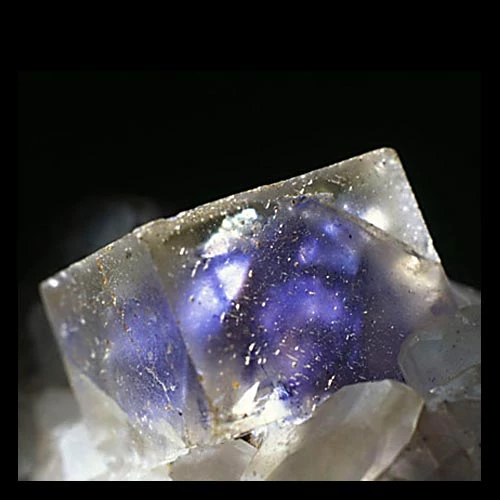
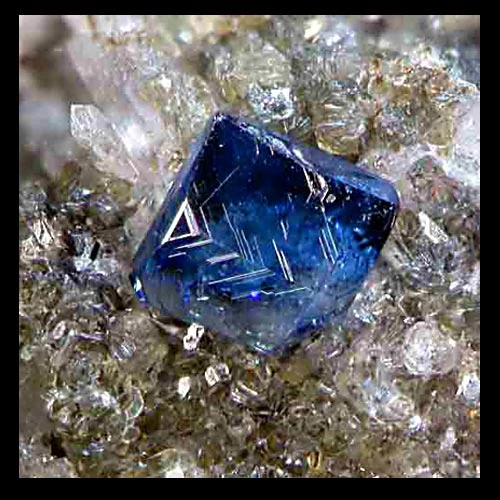

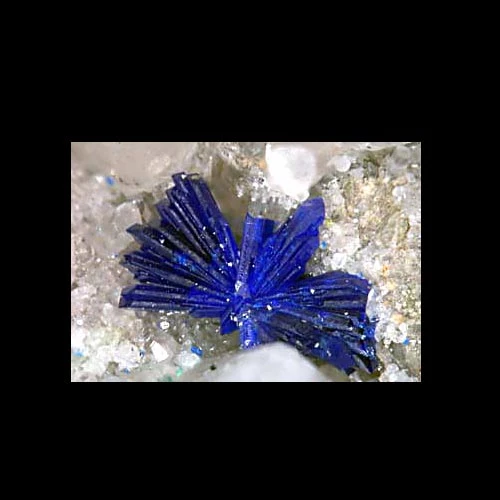
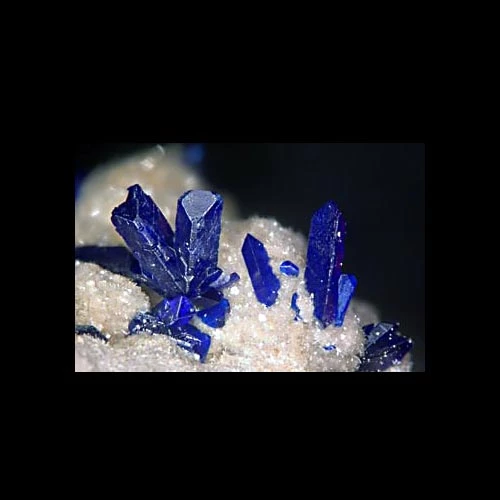
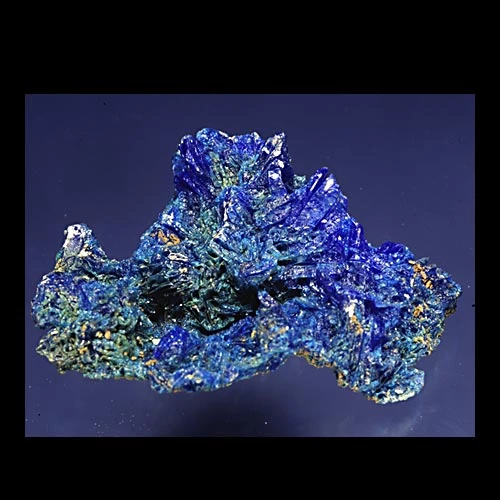
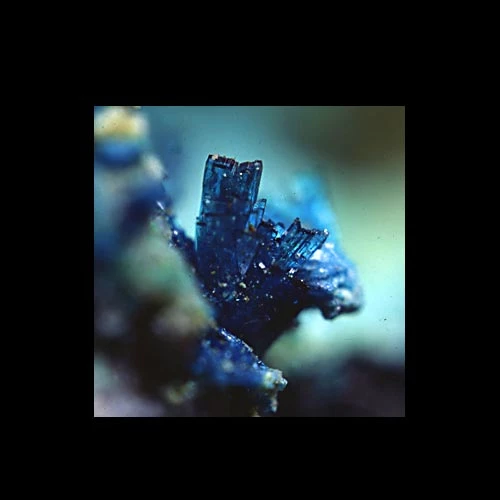
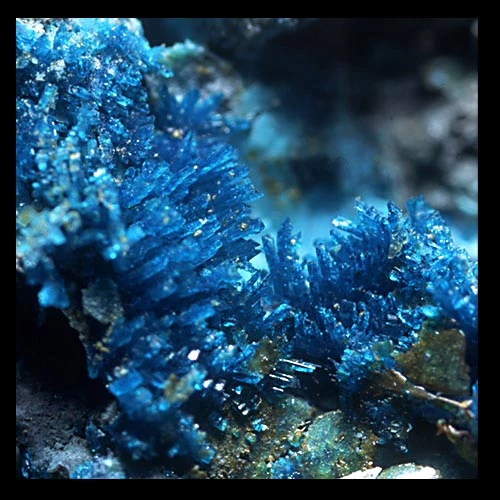
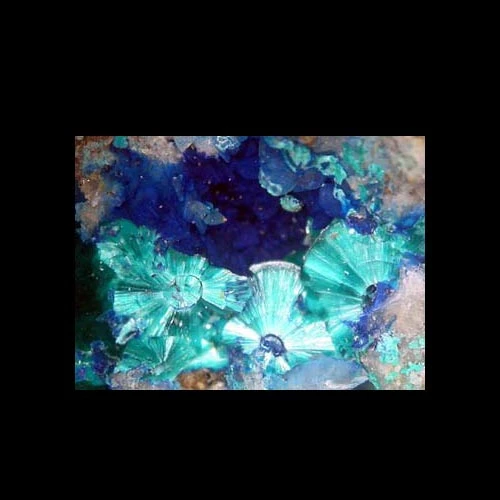
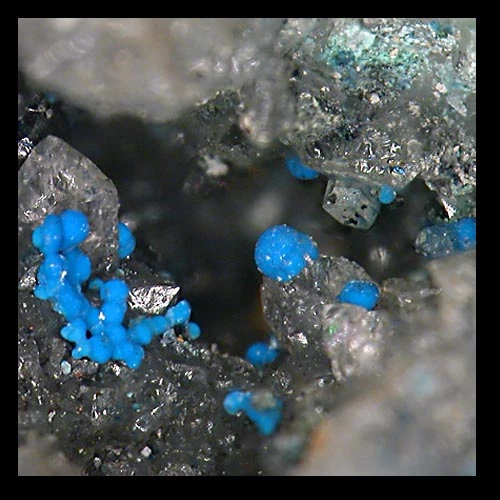
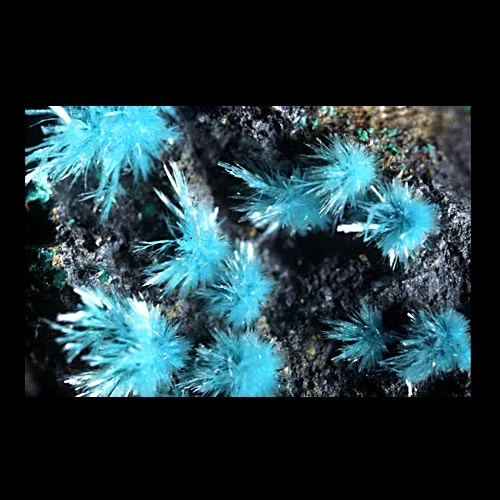
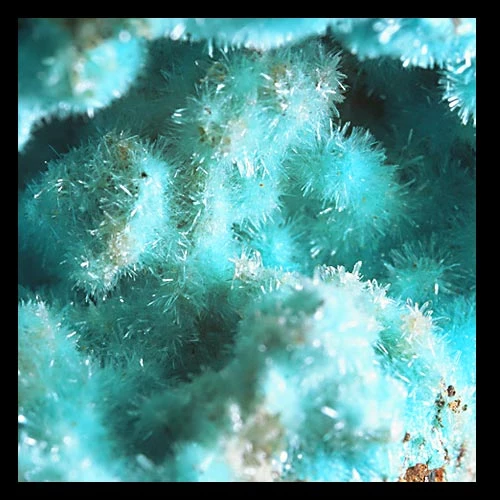
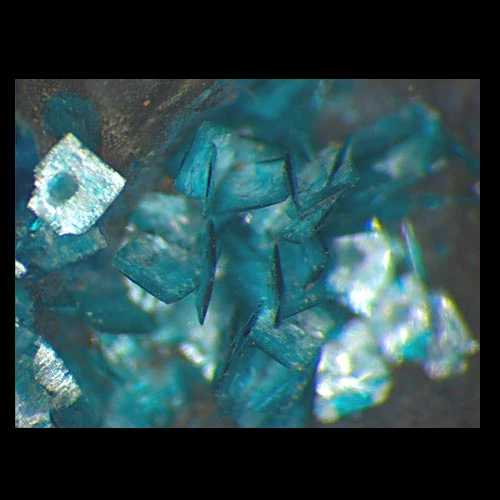
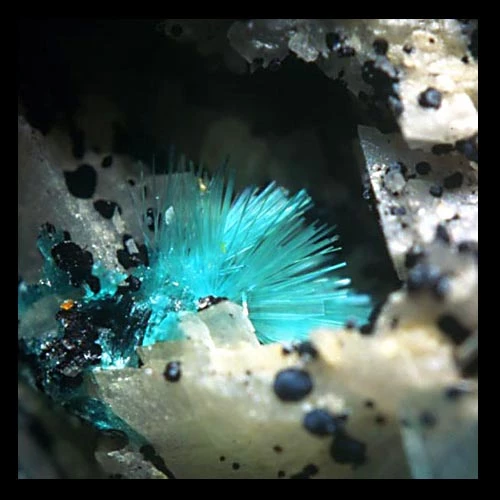
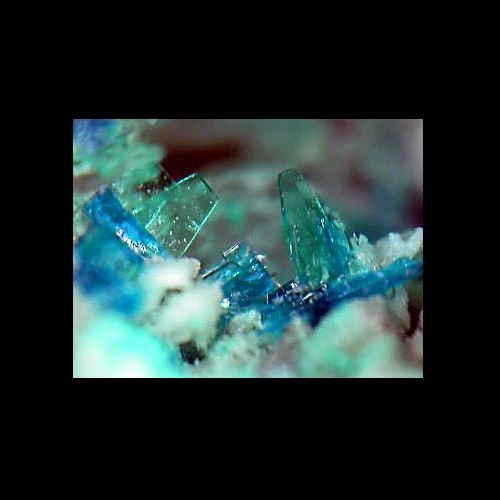

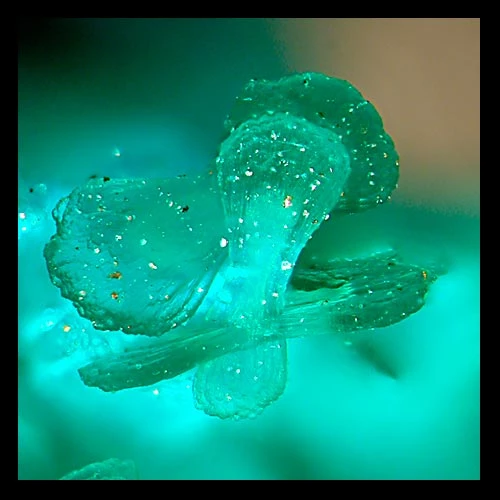
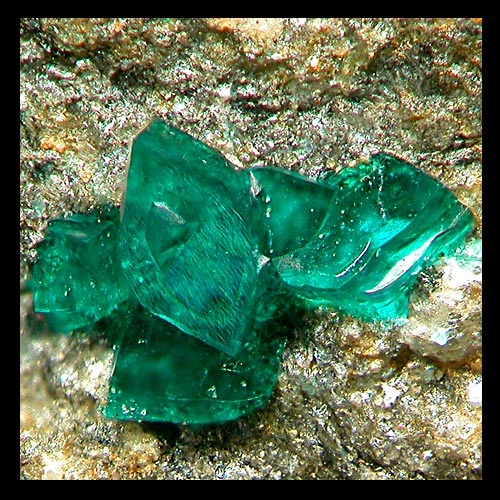
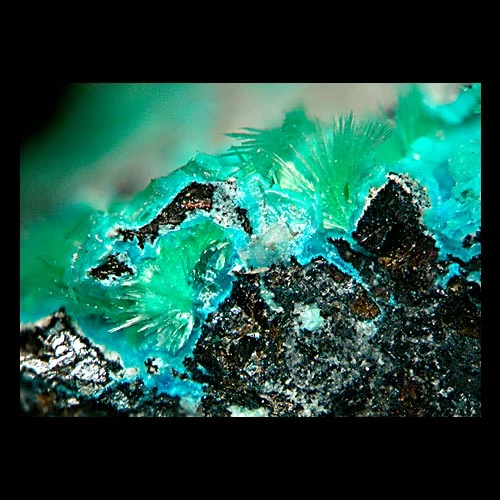
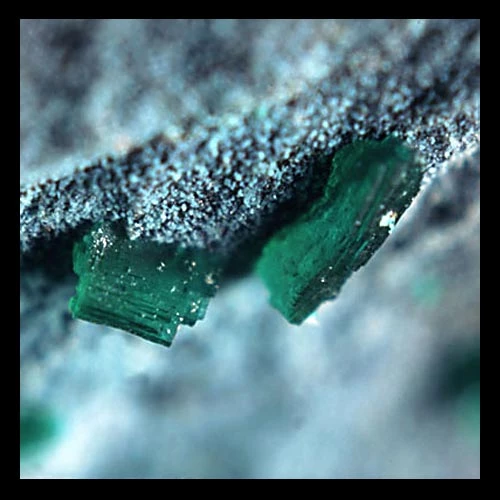
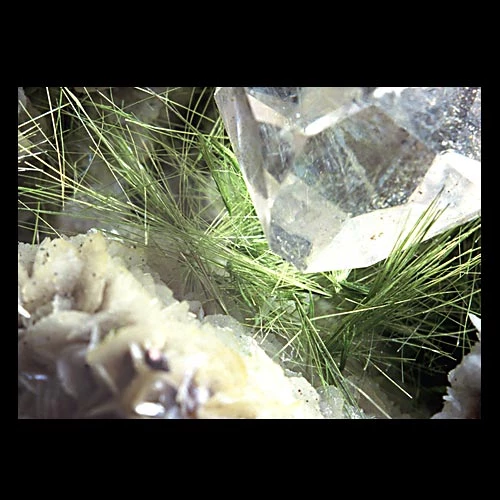
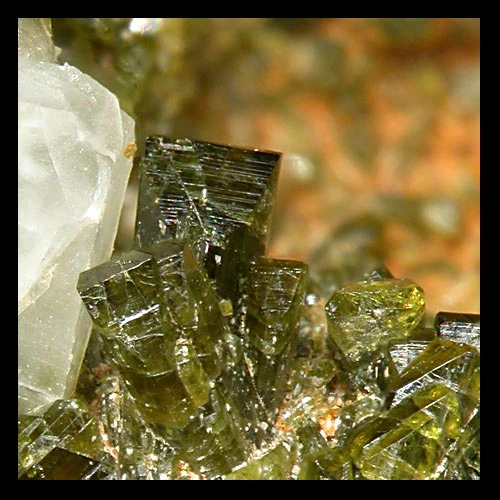
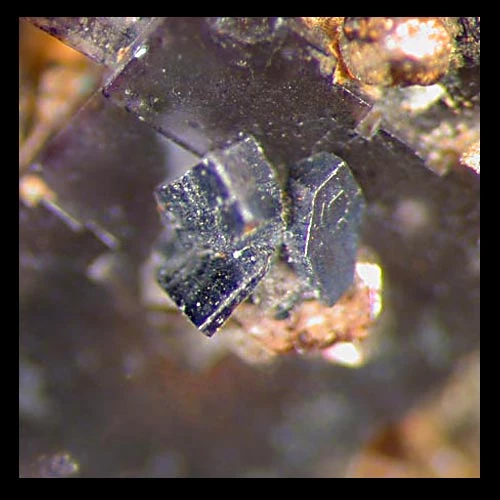
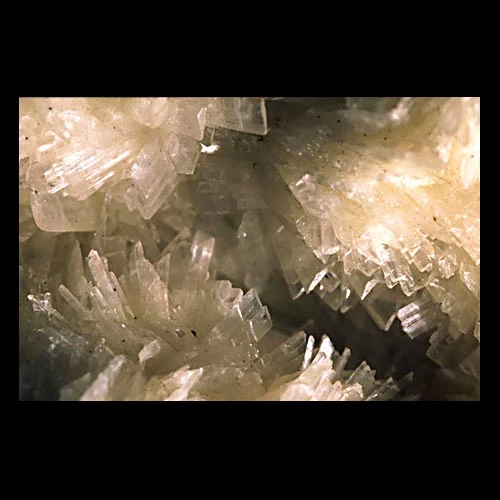
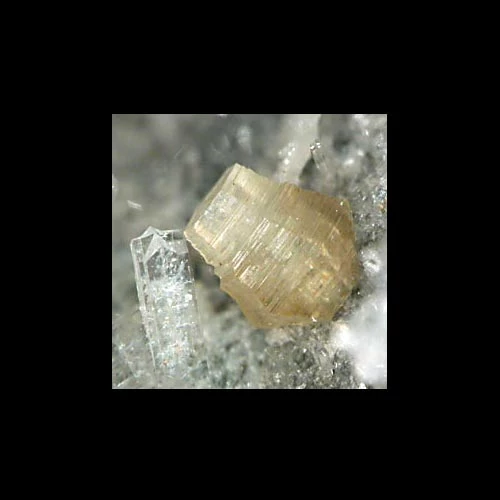
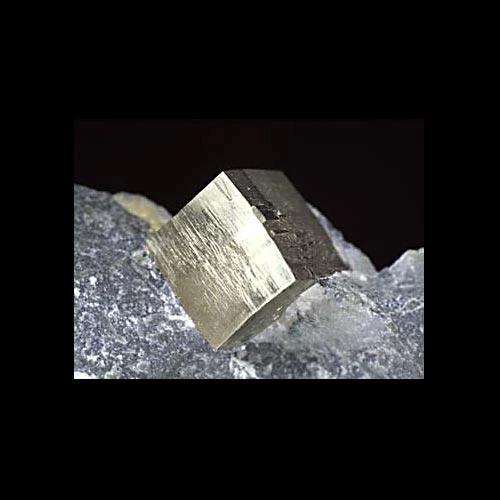
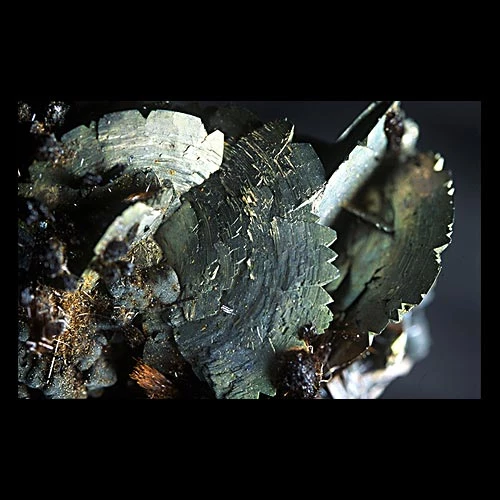

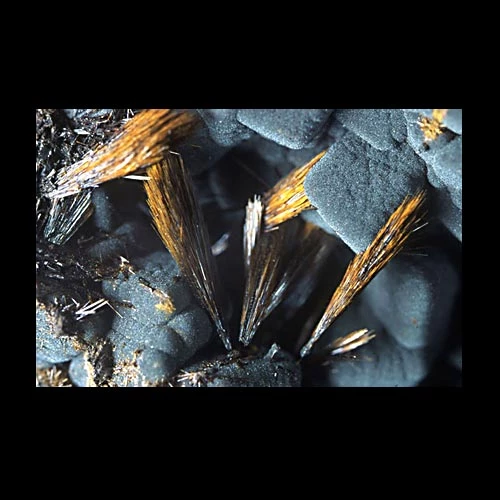
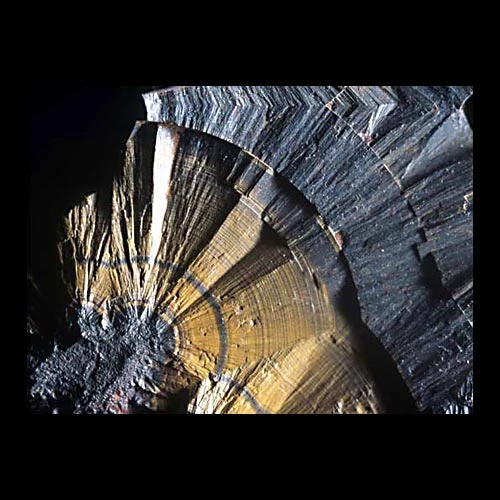

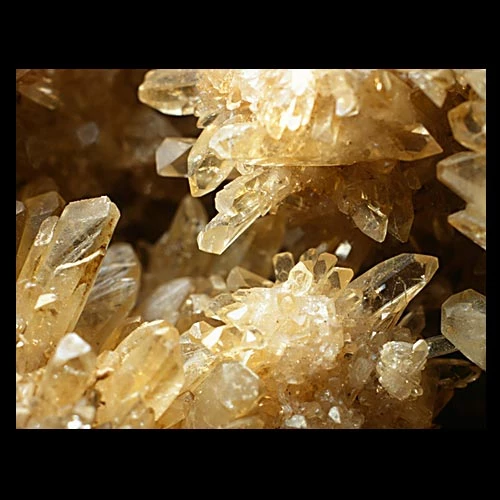
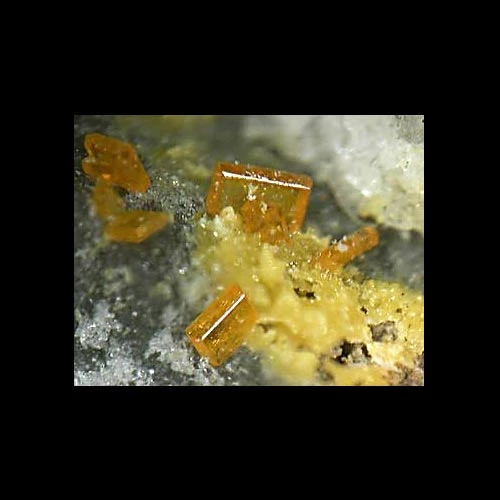
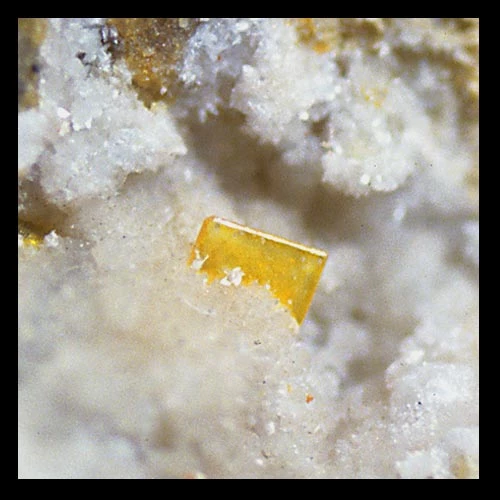


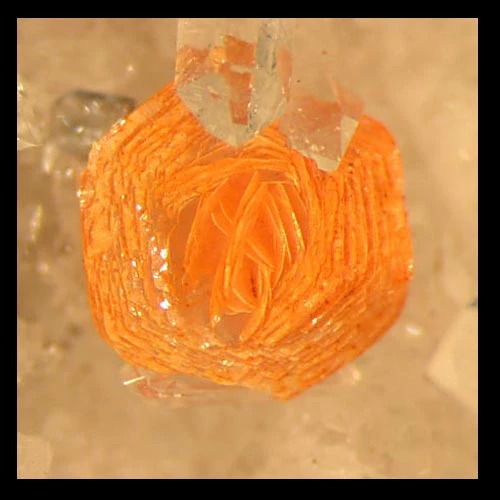


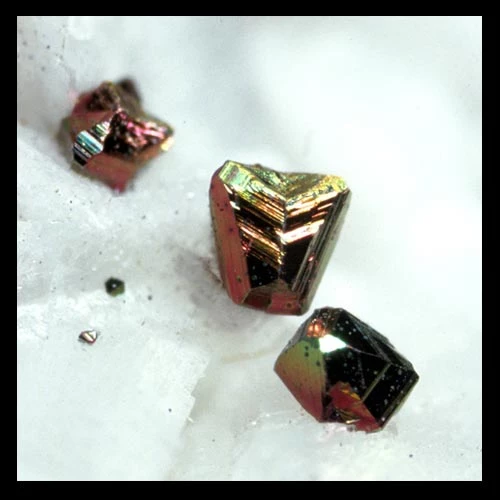
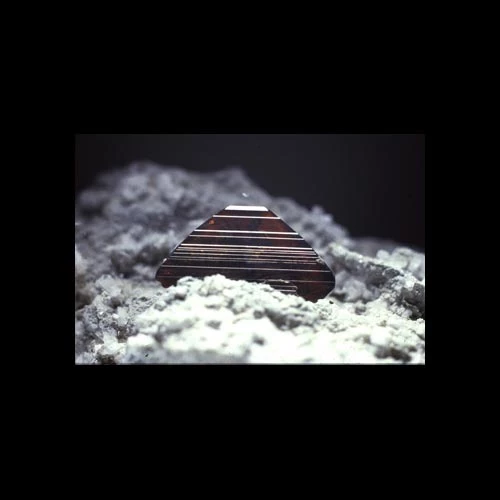
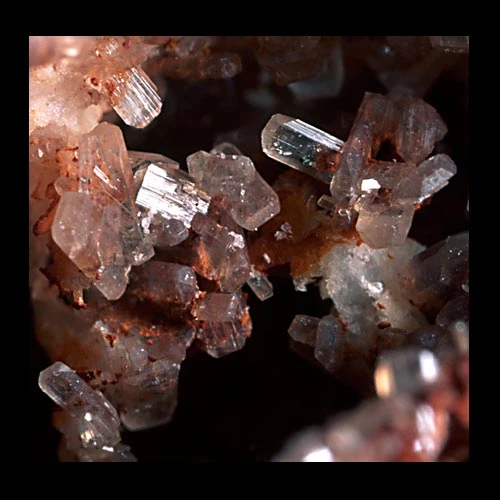
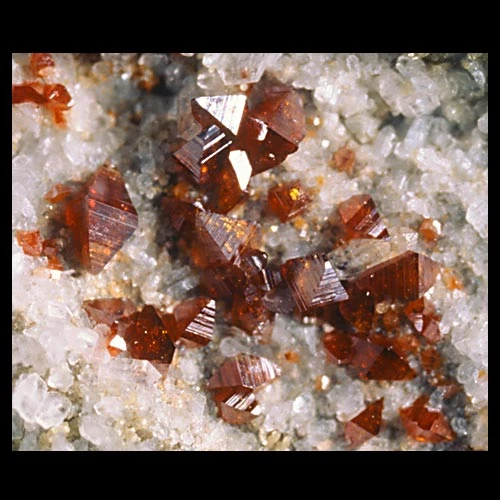
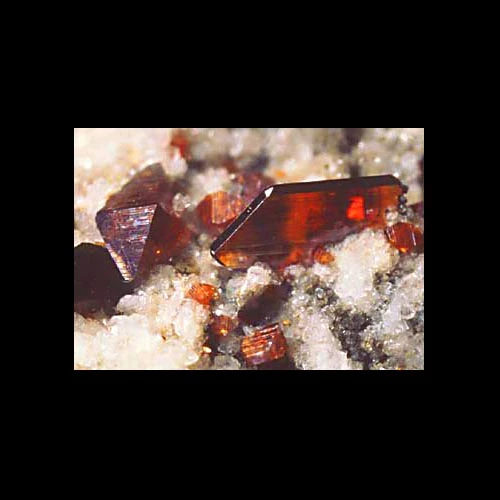
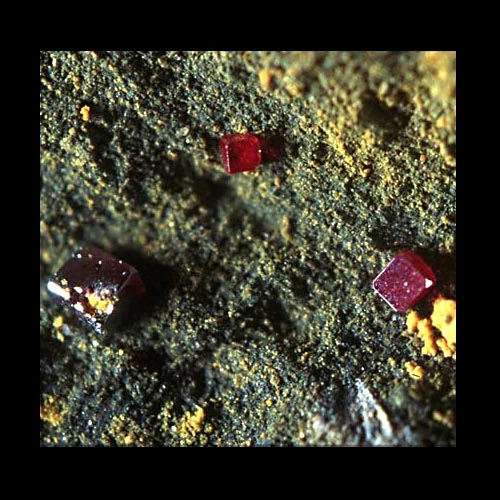
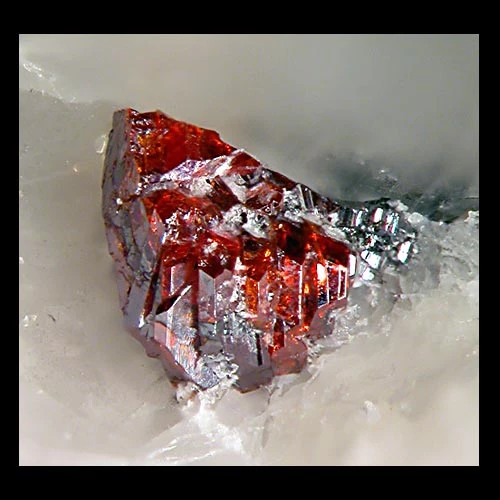
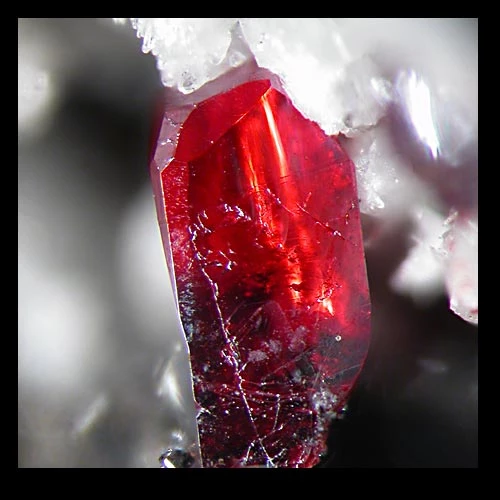
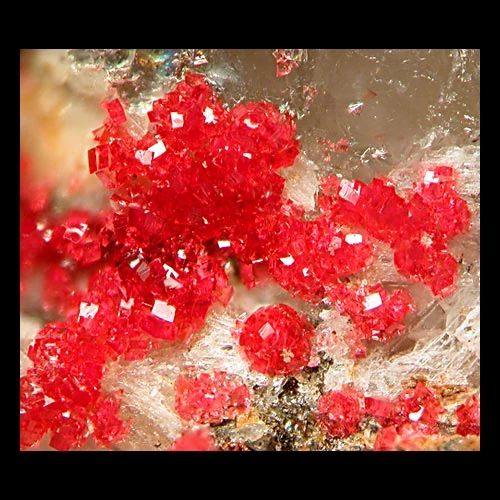
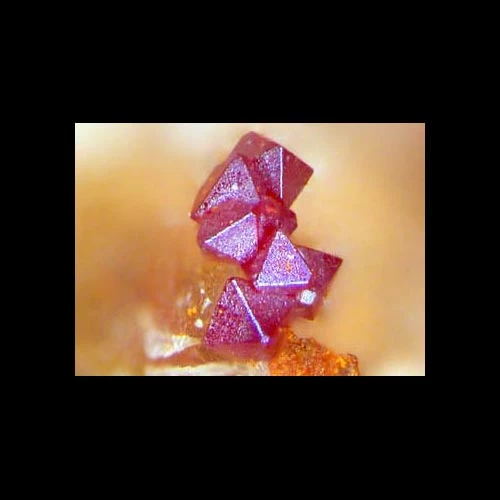
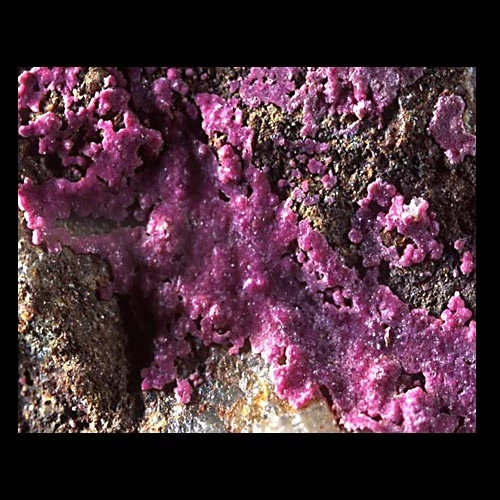
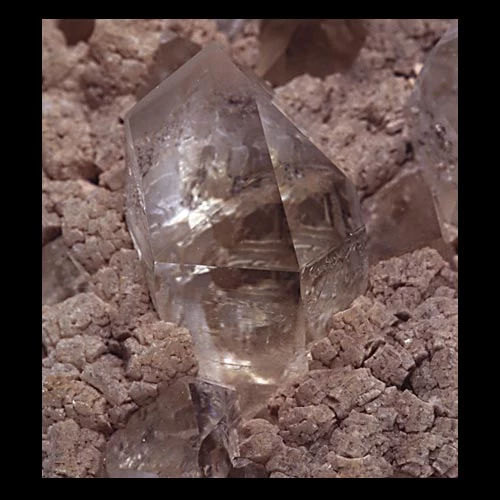
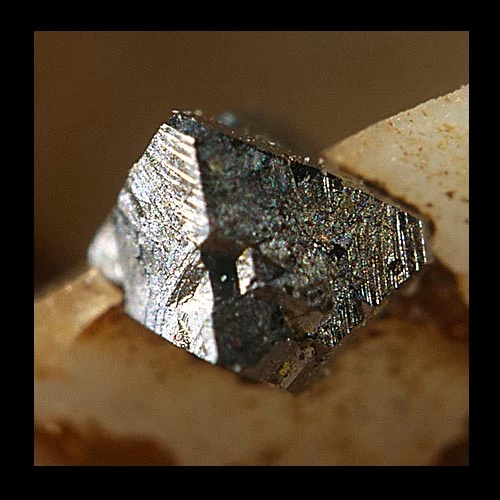
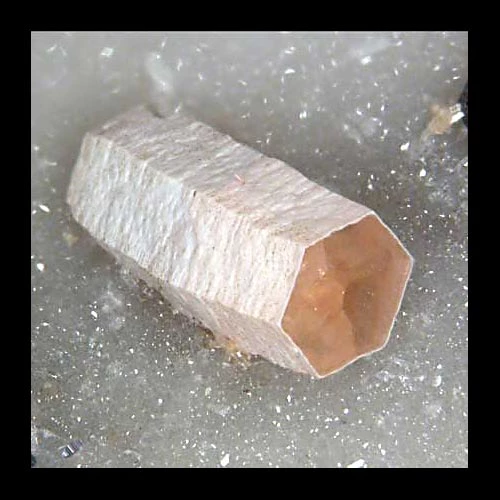
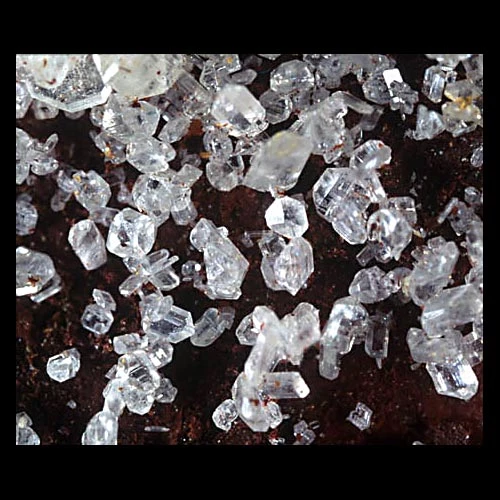
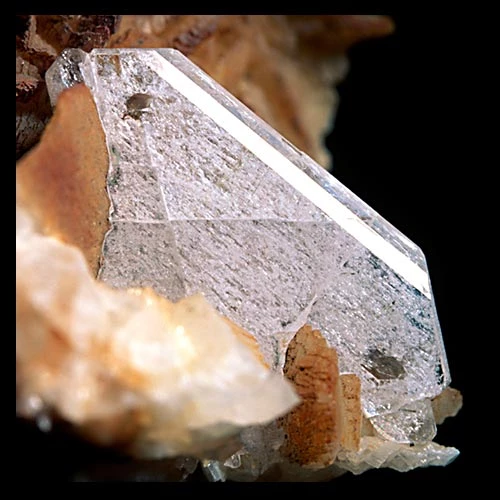
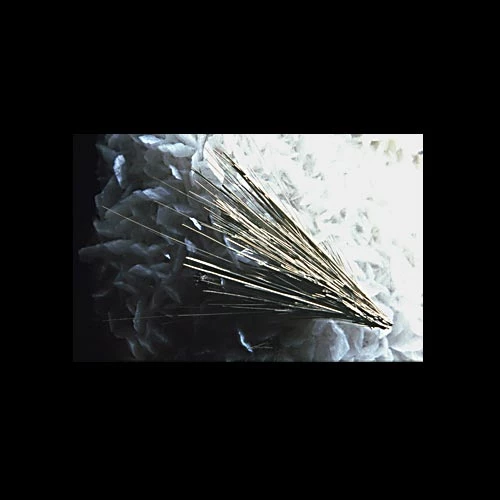
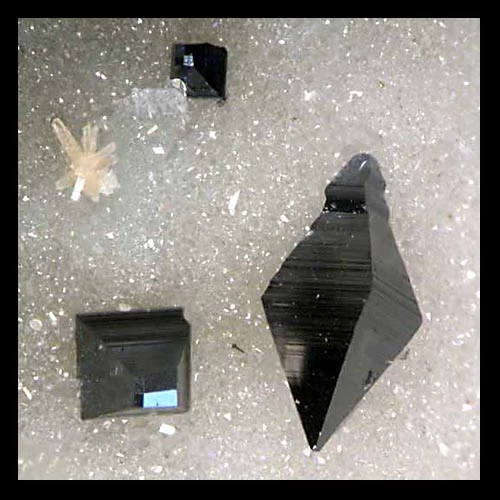
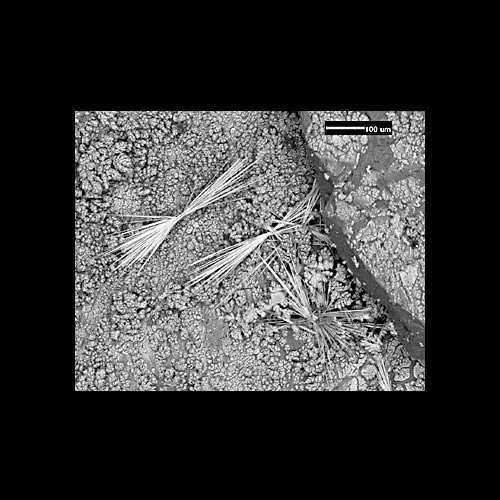

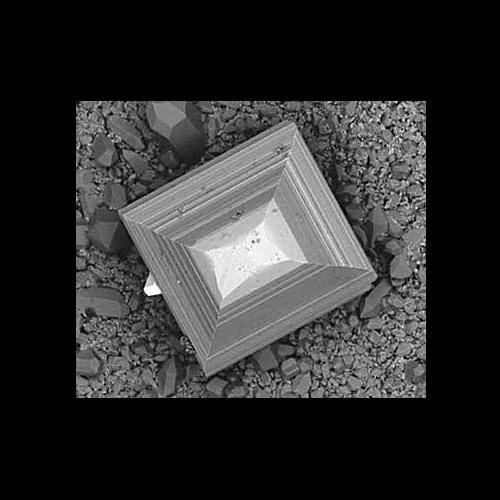
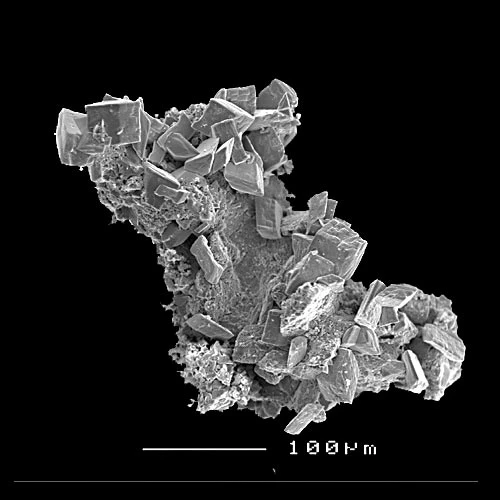
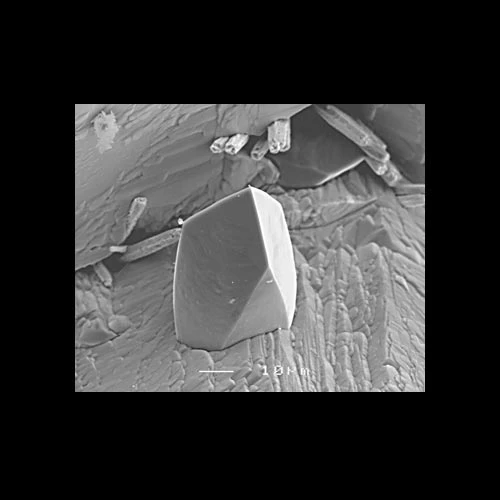
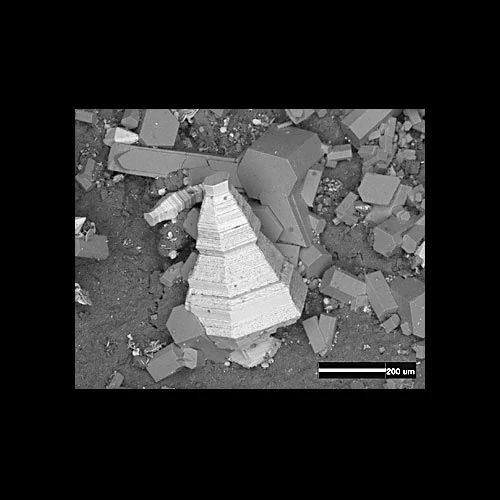

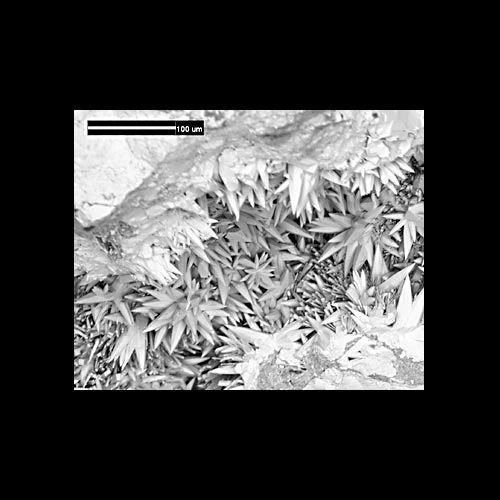

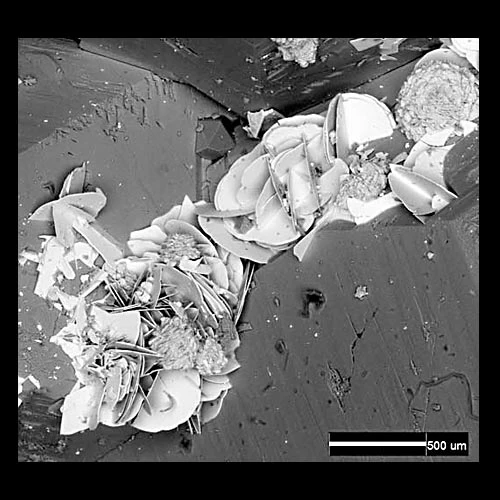

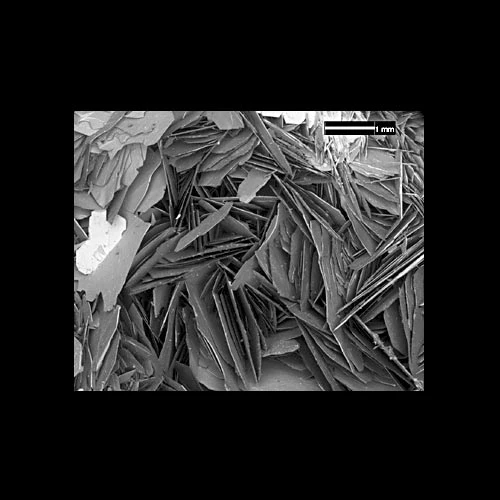

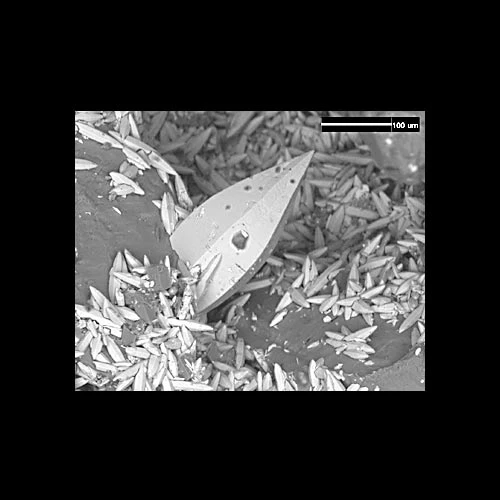
Comments - (36)
Kindest regards Julie
just wondering who would be the best person to contact to take a look at it the stone is approximately 50mm x 50mm and looks very unique thanks for your time
Thanks for your time,
Rose
I am going to start a venture soon to hunt for crystals I'm the North wales Region is there is prospective locations you would suggest to look into or recommend please
I have found what I believe is an Amethyst Crystal on a bridal path in Saundersfoot, Pembrokeshire.
I maybe wrong but I didn’t think Amethyst existed naturally in Wales??
Please Help.
Dear Sue Tansley,
Thank you very much for contacting us about your find. Our Curator of Petrology will get in touch with you, via the email address you have provided.
Best wishes,
Marc
Digital Team
Many thanks
Lewis